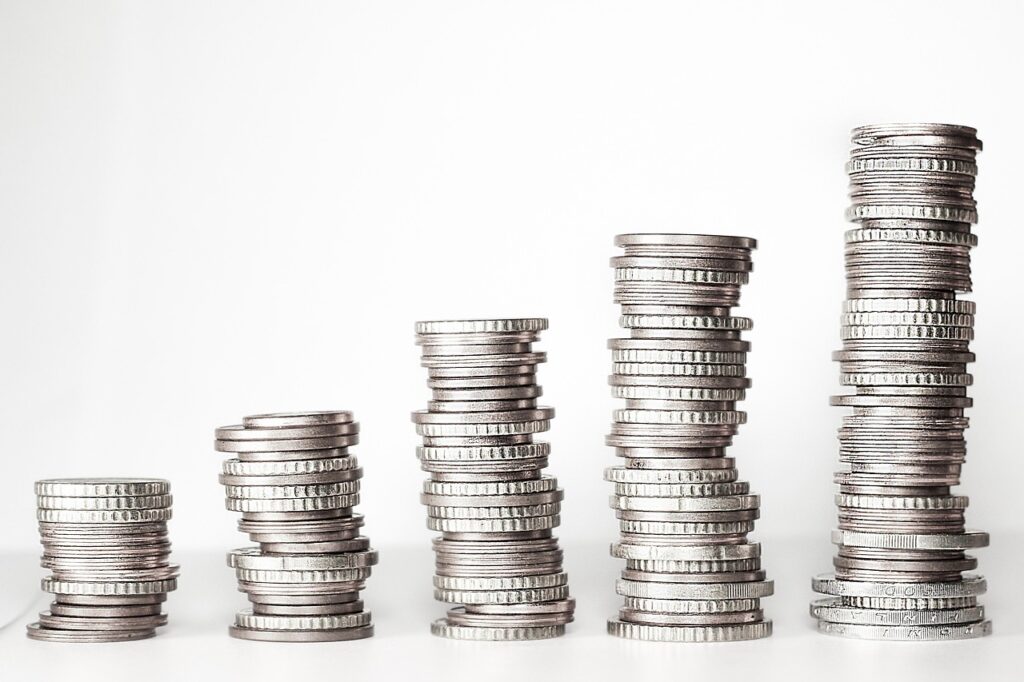Life is full of surprises—some exciting, others financially draining. Whether it’s a sudden job loss, an unexpected medical bill, or a necessary car repair, these events can seriously impact your financial stability if you’re not prepared. That’s where an emergency fund comes in. It serves as a financial cushion, protecting you from going into debt or disrupting your long-term financial goals when the unexpected happens.
Why Everyone Needs an Emergency Fund
An emergency fund isn’t a luxury; it’s a necessity. Without it, you may find yourself relying on high-interest credit cards or loans to get by. These quick fixes can lead to a cycle of debt that’s hard to break. A well-funded emergency account gives you control and peace of mind during life’s unpredictable moments.
How Much Should You Save?
The general rule of thumb is to save between three to six months’ worth of essential living expenses. If you’re self-employed or work in a field with inconsistent income, it’s wise to save even more—up to a year’s worth. Calculate your baseline monthly expenses like rent, utilities, food, and insurance. Multiply that number by how many months you want to cover, and you have your savings target.
Where Should You Keep Your Emergency Fund?
Accessibility and safety are key. Choose a high-yield savings account or a money market account—something that earns interest but can still be accessed quickly. Avoid locking your emergency fund into investments that are subject to market fluctuations or have penalties for early withdrawals. Liquidity is more important than return here.
Tips to Build Your Emergency Fund
Start small if you need to. Even saving $10–$50 a week adds up over time. Automate your savings by setting up regular transfers from your main account to your emergency fund. Any windfalls—like tax refunds, bonuses, or cash gifts—can also go directly into the fund to speed up your progress.
When to Use Your Emergency Fund
This fund should only be used for true emergencies—think medical issues, car breakdowns, or unexpected job loss. It’s not meant for vacations, shopping sprees, or optional home upgrades. If you’re not sure whether an expense qualifies, ask yourself if it’s urgent, necessary, and unexpected. If it checks all three boxes, it likely qualifies.
Rebuilding After Using the Fund

If you need to dip into your emergency savings, don’t panic. That’s what it’s there for. The key is to start rebuilding as soon as possible. Resume automatic transfers, adjust your budget if needed, and consider pausing non-essential spending until your fund is restored.
Conclusion
An emergency fund is one of the most powerful tools in personal finance. It protects you from going into debt, provides mental clarity during stressful times, and sets a solid foundation for achieving larger financial goals. If you don’t have one yet, today is the perfect day to start. Even a small step in the right direction can make a big difference in your financial future.Life is full of surprises—some exciting, others financially draining. Whether it’s a sudden job loss, an unexpected medical bill, or a necessary car repair, these events can seriously impact your financial stability if you’re not prepared. That’s where an emergency fund comes in. It serves as a financial cushion, protecting you from going into debt or disrupting your long-term financial goals when the unexpected happens.
Why Everyone Needs an Emergency Fund
An emergency fund isn’t a luxury; it’s a necessity. Without it, you may find yourself relying on high-interest credit cards or loans to get by. These quick fixes can lead to a cycle of debt that’s hard to break. A well-funded emergency account gives you control and peace of mind during life’s unpredictable moments.
How Much Should You Save?
The general rule of thumb is to save between three to six months’ worth of essential living expenses. If you’re self-employed or work in a field with inconsistent income, it’s wise to save even more—up to a year’s worth. Calculate your baseline monthly expenses like rent, utilities, food, and insurance. Multiply that number by how many months you want to cover, and you have your savings target.
Where Should You Keep Your Emergency Fund?
Accessibility and safety are key. Choose a high-yield savings account or a money market account—something that earns interest but can still be accessed quickly. Avoid locking your emergency fund into investments that are subject to market fluctuations or have penalties for early withdrawals. Liquidity is more important than return here.
Tips to Build Your Emergency Fund
Start small if you need to. Even saving $10–$50 a week adds up over time. Automate your savings by setting up regular transfers from your main account to your emergency fund. Any windfalls—like tax refunds, bonuses, or cash gifts—can also go directly into the fund to speed up your progress.
When to Use Your Emergency Fund
This fund should only be used for true emergencies—think medical issues, car breakdowns, or unexpected job loss. It’s not meant for vacations, shopping sprees, or optional home upgrades. If you’re not sure whether an expense qualifies, ask yourself if it’s urgent, necessary, and unexpected. If it checks all three boxes, it likely qualifies.
Rebuilding After Using the Fund
If you need to dip into your emergency savings, don’t panic. That’s what it’s there for. The key is to start rebuilding as soon as possible. Resume automatic transfers, adjust your budget if needed, and consider pausing non-essential spending until your fund is restored.
Conclusion
An emergency fund is one of the most powerful tools in personal finance. It protects you from going into debt, provides mental clarity during stressful times, and sets a solid foundation for achieving larger financial goals. If you don’t have one yet, today is the perfect day to start. Even a small step in the right direction can make a big difference in your financial future.
